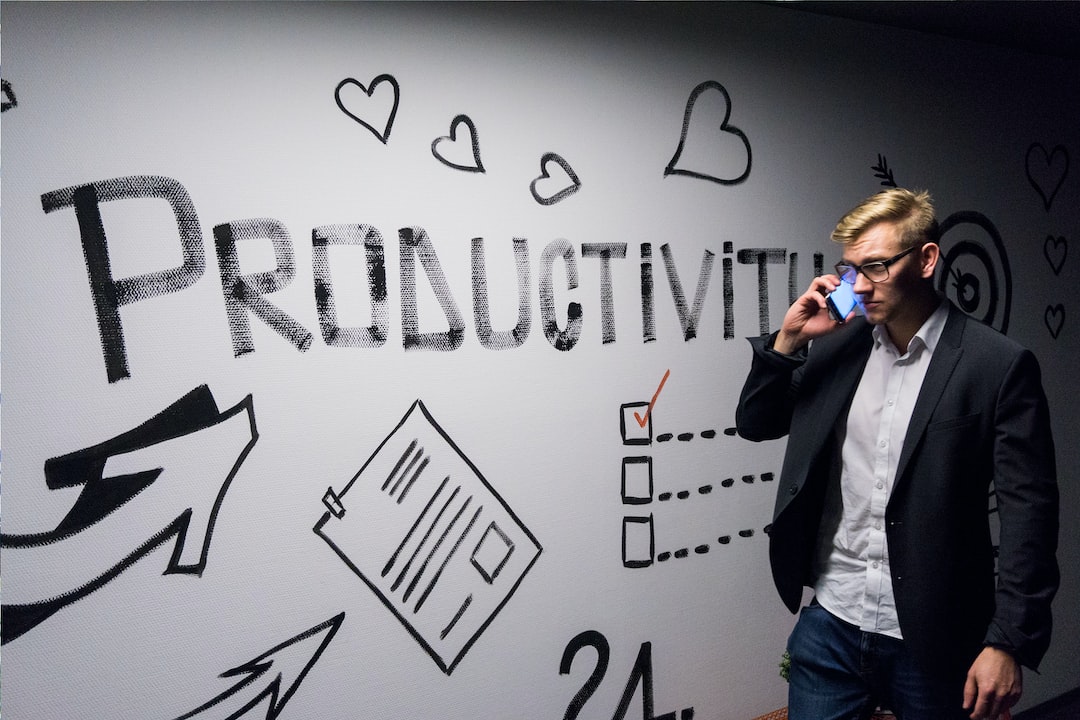How to Help Increase Employee Productivity
Your employees are the backbone of your business, so it’s important to make sure they are motivated. This is how you can start increasing employee productivity.
Employee productivity dictates the success of your business, but it’s a tricky thing to measure. What determines someone’s productivity? Is it their output?
Their ability to stay focused? How about their ability to encourage others to do good work? While it’s difficult to measure productivity as it happens, you can always see the end result.
In other words, productive employees breed healthy businesses. We’re going to take a look at some ways that you can increase employee productivity, giving you insights that could streamline your business operations.
Hopefully, the ideas below apply to your situation and give you some actionable food for thought. Let’s get started.
Ways to Boost Employee Productivity
The first thing to do in your quest for productivity is to create a productivity infrastructure for your employees to work through. That means having an attendance structure to show when your staff starts and stops working.
This is the first thing you should do if you haven’t found a time clock solution yet. It’s never a good idea to run your business without a surefire way for your staff to clock in and out, plan vacation days, send messages to management, and more.
Timetrak systems have a number of excellent online time clock options for you to work with whether your business is big or small.
Workday Structure
The next thing to do is create a semi-structure for your employees to engage with throughout the day. You don’t necessarily need any computer software to do a good job of this.
Just set clear objectives for your staff and give them a method for showing you that the work is done. You can have your own methods for assessing the quality of the work, but the important thing is that there’s a structure in place.
Setting up these parameters will help productivity simply by the fact that there are clear expectations and assessments. It’s a lot easier to let some time slip if you know you have nothing to adhere to and nobody to report back to.
Depending on the nature of your business, these parameters might have to be a little different. “Clocking in” is different for an investigative journalist than it is for a receptionist. So, tailor your structure to the work at hand, but make sure there’s a way for employees to clock in and meet goals.
Create a Welcoming Office
The way your office is decorated plays a big part in employee productivity. A room with bare walls, no windows, and uncomfortable chairs is the last place you want to work.
Start by exploring your options for optimizing natural light. Studies show that employees who work in areas with natural light get almost an entire hour more sleep each night. A healthy sleep cycle breeds productivity, so you’ll see an improvement from that small step.
Further, you should try to give your employees the option to create their own workspace. Allow people to find chairs that are comfortable for themselves, bring artwork that they enjoy, and create a space that’s conducive to their own productivity.
The days of a “uniform” office are coming to an end. There are millions of little shifts that an individual could make to improve their workspace, enjoy their work more, and be more productive at the end of the day.
So, make a shift toward accommodating your employees rather than dictating the office environment.
Take More Time for Training
A modern workplace requires that individuals have a wide variety of skills. Everything from digital literacy to refined social skills might be a key expectation of a job in any field.
When people aren’t equipped with skills that many of us take for granted, we lose productivity. Even those who are digitally literate, for example, might not be able to figure out your computer system intuitively.
So, if you find that your employees aren’t performing all that well, you might have some work to do in the way of training. This is particularly true for things having to do with computers and different web platforms.
If there’s a platform that your business uses on a daily basis, you’d better have a solid training program for that platform. It’s always a good idea to send out a survey and ask employees whether they feel comfortable using the technology in the office.
The better everyone understands the nuances of what your office requires, the more productive everyone will be.
Introduce Group Work
Is everyone in your office working alone for most of the day? Do they complete their own projects, submit them, and move on to the next solo project?
Even if the nature of your work doesn’t require people to work together, do your best to find ways to make group work happen. A Stanford study showed that people are more motivated when they work in groups.
It makes sense, too. Think about how motivated and productive you are when someone else depends on you. You expect the other party to hold up their end and you’ll do the same.
You also feel better throughout the day when you have the chance to work with others and communicate rather than staring at a screen and dozing off. There are bonified benefits of working with others, and productivity is certainly one of them.
Not to mention that people will feel happier to come to work if they make employee relationships with their coworkers. If the nature of your work is relatively solitary, though, note that there are still ways to incorporate the group.
Add peer reviews or require that projects involve two or more of the staff. There are key ways to get employees to hold one another accountable and feed off of each other.
Need More Ways to Create Productive Employees?
Hopefully, our look at employee productivity was insightful to you. There are lots more business tools to explore and boost productivity, though. We’re here to help.
Contact us for resources on time clock technology, business insights, ideas on ways to get the best employees, and much more.





